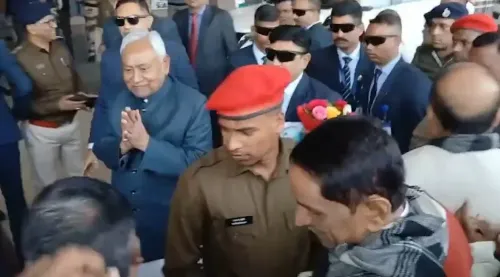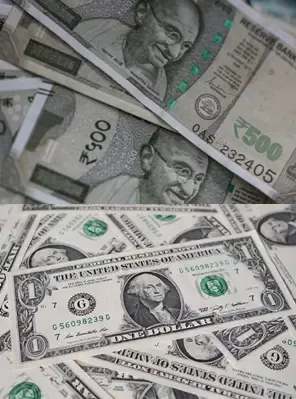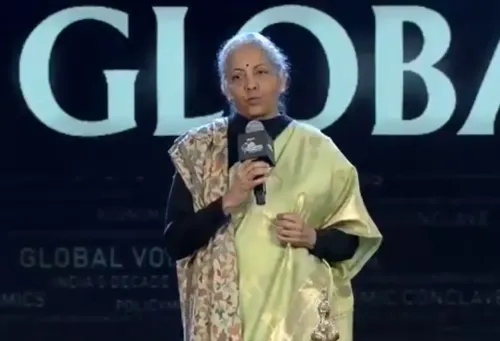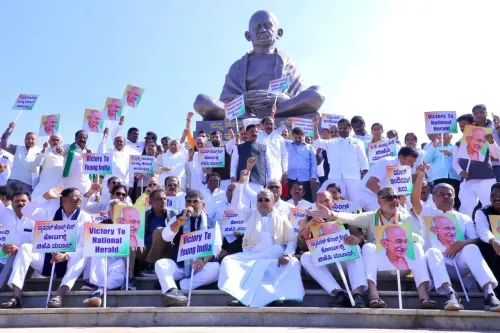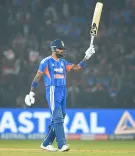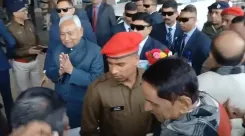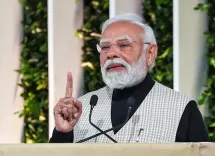Why is There Low Muslim Representation on the Grand Alliance Manifesto?
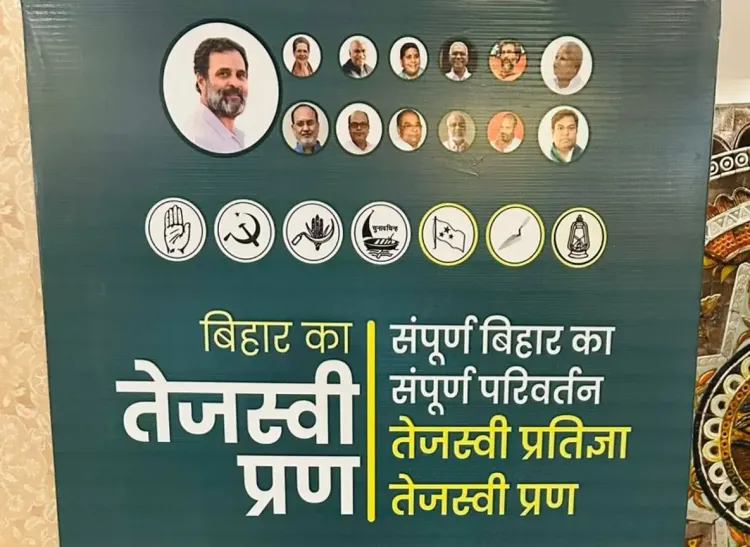
Synopsis
Key Takeaways
- Only one Muslim leader featured on the manifesto cover
- Muslims make up 18% of Bihar's population
- Debate on minority representation in leadership
- VIP's Mukesh Sahani gains prominence
- RJD, Congress, and Left parties are major players
Patna, Oct 28 (NationPress) The Grand Alliance unveiled its unified manifesto, titled “Tejashwi’s Pledge”, for the upcoming Bihar Assembly Election 2025. However, it has ignited a discussion regarding the minimal representation of Muslim leaders featured on its cover page.
Despite the alliance’s continuous focus on minority welfare and the RJD’s historical Muslim–Yadav (MY) voter base, only one Muslim leader—Abdul Bari Siddiqui—is showcased on the cover.
This has led to frustration among various factions of the Muslim community and numerous minority leaders.
As per a 2022 caste-based survey carried out under the Grand Alliance government, Muslims make up about 18 percent of Bihar’s populace.
Many representatives from the community have raised concerns about why their presence in leadership roles does not mirror their demographic weight.
Some Muslim leaders have highlighted the disparity, noting that the Nishad community, which constitutes only 2 percent of the population, has been granted the Deputy Chief Minister’s position, while the 18 percent Muslim population continues to be sidelined.
The issue gained more attention as Vikassheel Insaan Party (VIP) chief Mukesh Sahani, representing the Nishad community, is prominently featured on the cover, positioned just below RJD leader Lalu Prasad Yadav, indicating his rising prominence within the alliance.
Sources revealed that during the announcement of the Chief Ministerial candidate on October 23 at Maurya Hotel in Patna, Mukesh Sahani initially declined to be part of the joint press conference, demanding the Deputy Chief Minister title.
This demand was allegedly met following discussions with the senior leadership of RJD, Congress, and Left parties.
The cover of “Tejashwi’s Pledge” showcases photographs of notable figures including Rahul Gandhi, Sonia Gandhi, Mallikarjun Kharge, Lalu Prasad Yadav, Rabri Devi, D. Raja, Dipankar Bhattacharya, Abdul Bari Siddiqui, Mukesh Sahani, Rajesh Ram, Mangani Lal Mandal, among others.
The Mukesh Sahani-led VIP is contesting 15 seats in the Bihar Assembly elections of 2025, but Sahani himself is not a candidate.
RJD is competing for 143 seats, Congress for 61, while left parties aim for the remaining seats. There will also be instances of friendly contests among candidates of the Grand Alliance.


